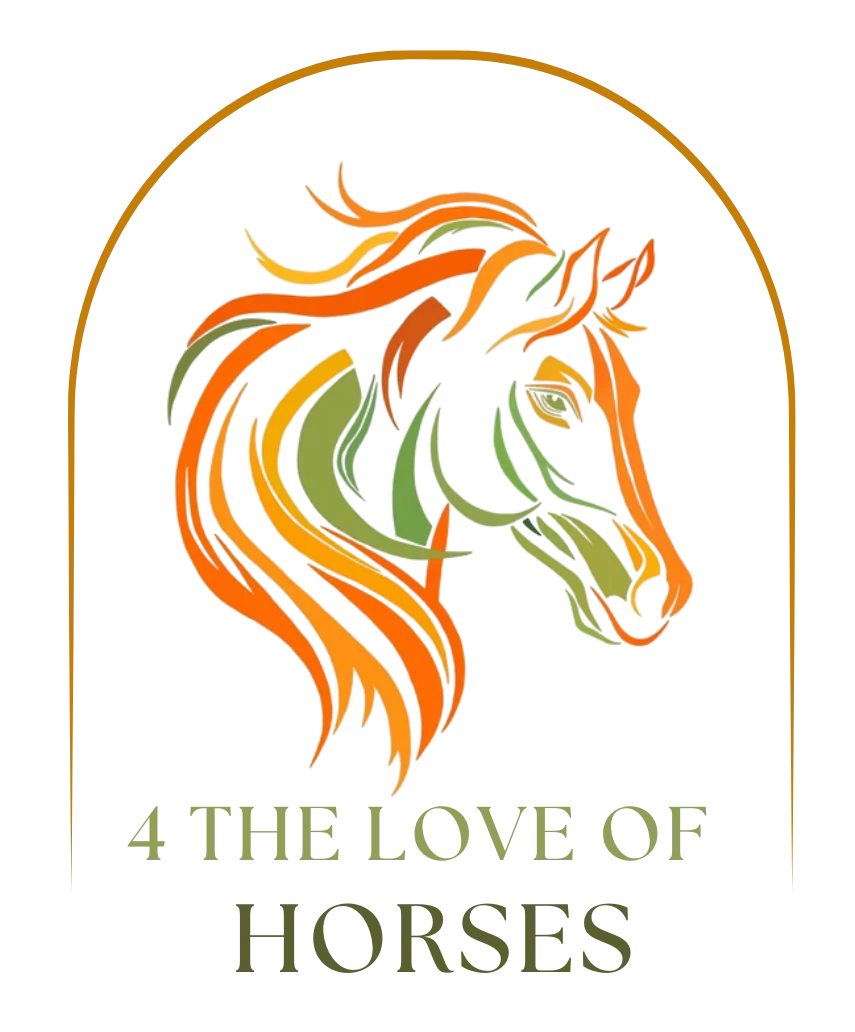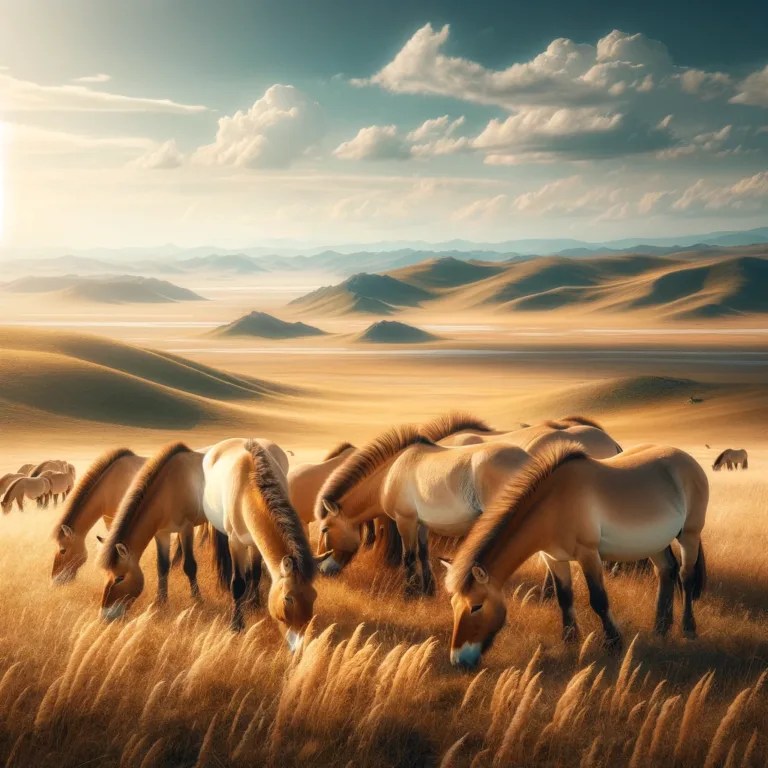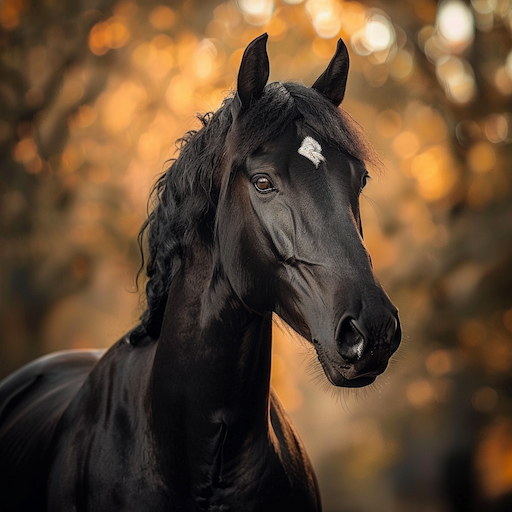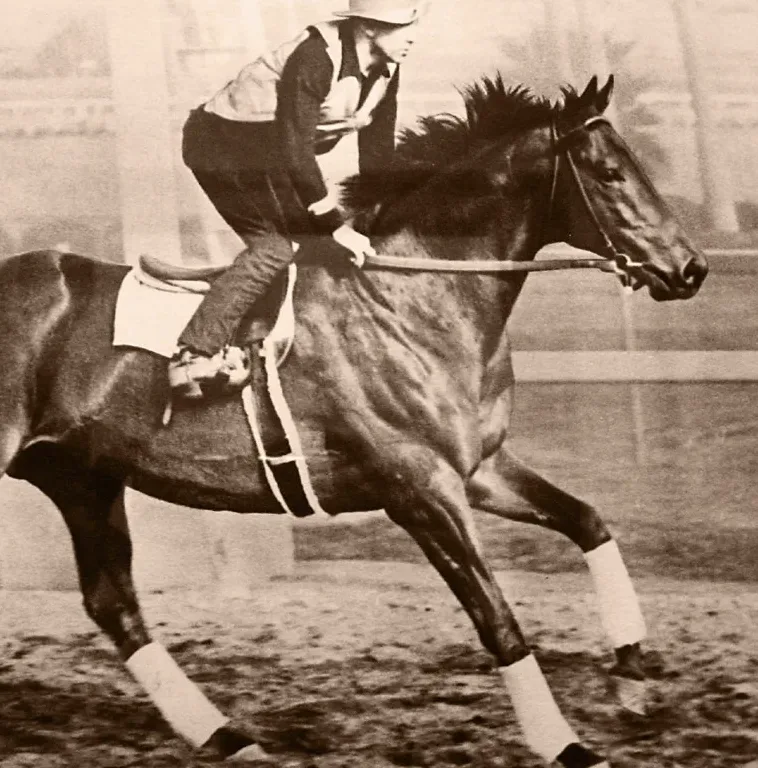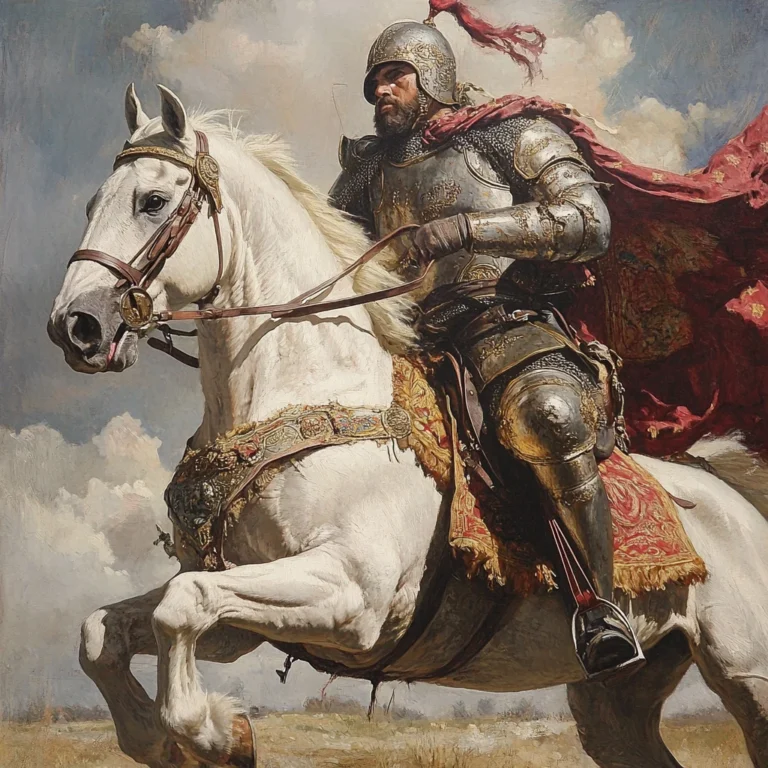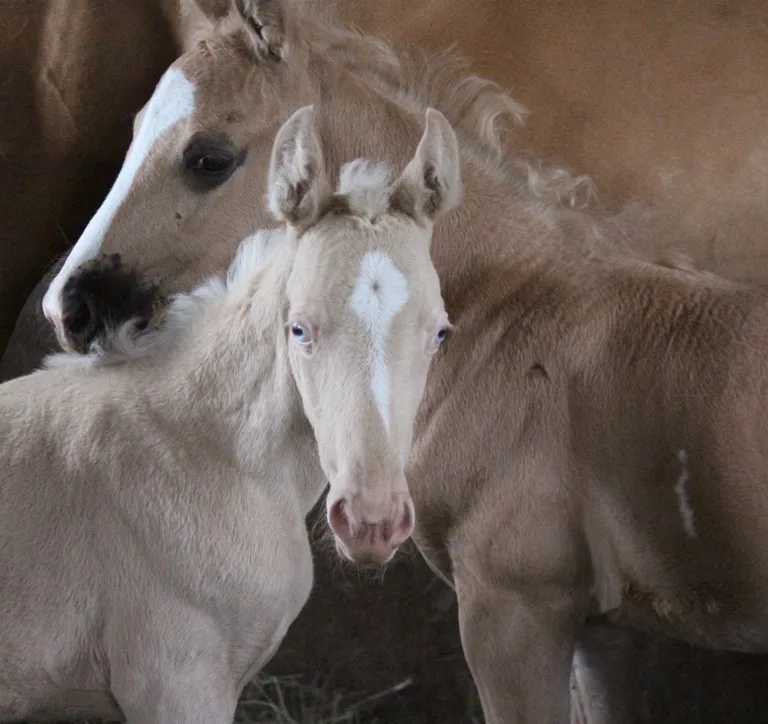Horses of the World: A Historical Guide to Breeds and Lineages
The Ancestry of Modern Horses
The story of the modern horse, Equus caballus, is a remarkable journey through evolution, adaptation, and human interaction that spans millions of years. The transformation from a small forest-dwelling creature to the majestic beings you and your horses represent today is not just a tale of biological evolution, but also a narrative deeply intertwined with human history.
Origin of Horses: From Eohippus to Equus
The earliest known ancestor of the modern horse was a small, multi-toed creature known as Eohippus, which lived approximately 55 million years ago. These early equines were about the size of a small dog, and their structure was vastly different from the large, single-hoofed animals we are familiar with today. Over time, through a series of evolutionary stages marked by climatic and geographical changes, these early equines adapted to varying environments.
As grasslands replaced forests, a pivotal change occurred in the Eocene epoch, giving rise to the genus Mesohippus. These creatures showed a noticeable increase in size and started showing developments in their dental structure, adapting to the fibrous grass diet. The evolution continued through the Oligocene and Miocene epochs, witnessing the emergence of Merychippus, which exhibited significant changes like the enlargement of cheek teeth and a transition to a fully grazing diet.
The lineage leading to the modern horse saw its most critical development with the genus Pliohippus during the Pliocene epoch. This genus resembled today’s horses with its large size, elongated head, and single-toed hooves, setting the stage for the emergence of the genus Equus, which appeared around 4 million years ago.
Early Domestication: Evidence and Theories
The domestication of horses marks a significant milestone in human history, altering transportation, agriculture, and warfare. The exact timeline and location of horse domestication have been subjects of extensive research and debate. However, it is widely believed that horses were first domesticated in the Eurasian Steppes, approximately 6,000 years ago.
Archaeological evidence, such as changes in the skeletal structure of horses and the appearance of horse remains in human settlements, suggests the beginning of domestication. The Botai culture in Kazakhstan is often cited as one of the earliest known instances of horse domestication, where evidence of bit wear on horse teeth indicates their use for riding.
Another significant piece of evidence comes from the analysis of ancient DNA, which has shed light on the genetic changes in horses due to domestication. This research has helped trace the lineage and spread of domesticated horses across different regions.
Early domestication likely started with the use of horses for meat and milk, gradually transitioning to their role in transportation and labor. The invention of the chariot around 2000 BCE further solidified the horse’s role in human society, transforming warfare and enabling faster travel.
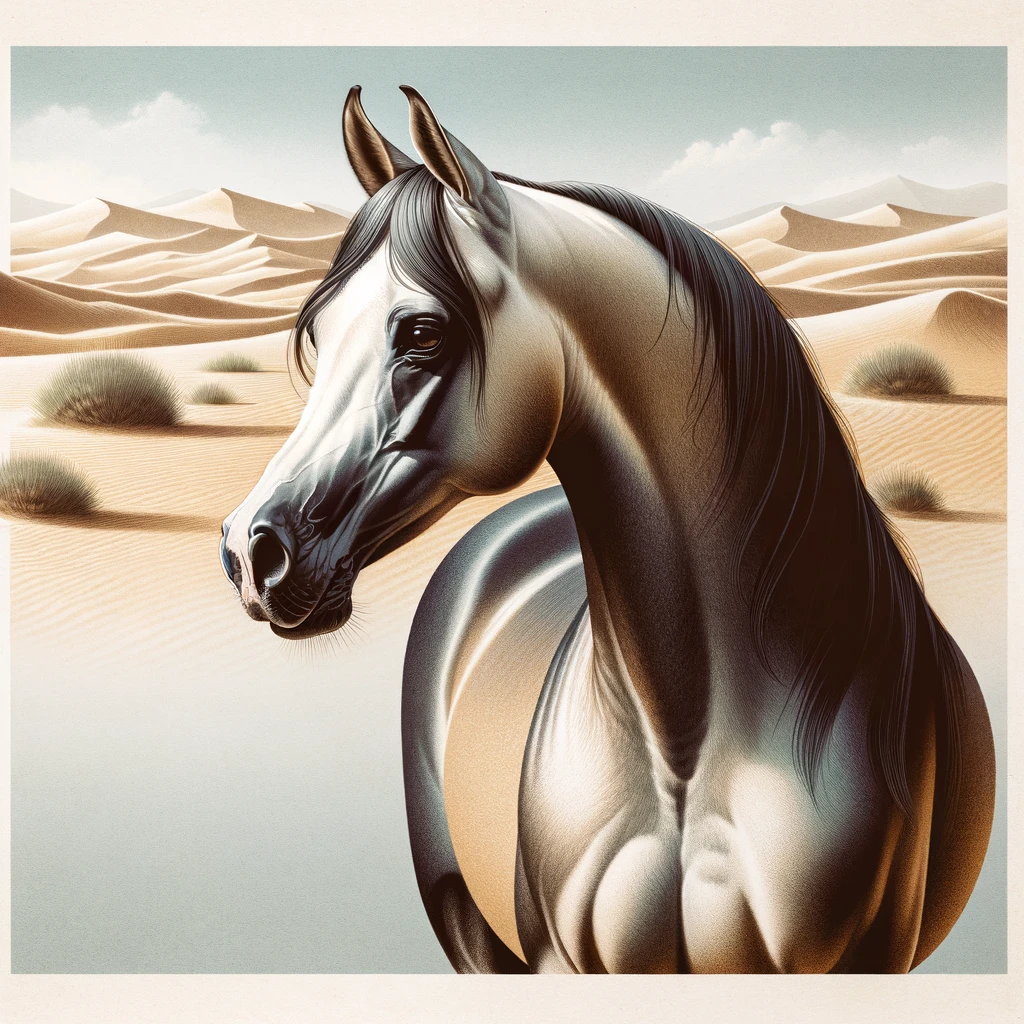
Ancient Breeds: The Foundation of Horse History
The history of horse breeds is rich and varied, with ancient breeds forming the cornerstone of this fascinating lineage. Among these, certain breeds stand out for their significant impact on the development of later breeds and their adaptation to human needs over centuries.
The Arabian Horse: Bedrock of Many Breeds
The Arabian horse, with its distinctive head shape, high tail carriage, and enduring stamina, is one of the oldest and most influential breeds in horse history. Originating from the Arabian Peninsula, this breed is believed to date back 4,500 years or more. Arabians are renowned not only for their beauty and intelligence but also for their genetic impact on other breeds.
Arabians were bred by Bedouin tribes who valued them for their endurance, speed, and ability to withstand harsh desert conditions. The breed’s genetic purity was meticulously preserved through selective breeding practices. As a result, the Arabian horse has become a cornerstone in the development of many other horse breeds. Its genes are found in almost every modern breed of riding horse, including the Thoroughbred, the Quarter Horse, and various Warmbloods, contributing traits like speed, refinement, endurance, and strong bones.
The Influence of the Turkoman Horse
The Turkoman horse, a lesser-known but equally significant ancient breed, originated from the regions of Turkmenistan, Iran, and Afghanistan. This breed, often mentioned in historical texts, was known for its incredible endurance and speed, especially over long distances. The Turkoman horse had a significant influence on the development of the Thoroughbred, contributing to its stamina and resilience.
One of the most famous descendants of the Turkoman horse is the Byerley Turk, one of the three foundation sires of the Thoroughbred breed. The Turkoman’s influence extended to other breeds as well, including the Akhal-Teke and various Russian riding horses. The breed’s endurance and adaptability to harsh climates have left a lasting legacy in the equine world.
The Akhal-Teke: A Desert Marvel
The Akhal-Teke, often referred to as a “golden-horse” due to its distinctive metallic coat, is a direct descendant of the ancient Turkoman horse. Originating from Turkmenistan, this breed is known for its speed, endurance, and the unique sheen of its coat, which comes in a range of colors including bay, black, chestnut, and the famous golden buckskin or palomino.
The Akhal-Teke is one of the oldest and purest horse breeds, bred for centuries by the nomadic tribes of Turkmenistan. These horses were used for raiding and were prized for their ability to travel long distances quickly and survive on scant water and food. The breed’s adaptability to extreme conditions and its extraordinary stamina and speed make it a marvel of the horse world.
The Akhal-Teke’s influence, though less widespread than the Arabian, is significant, especially in Russia and other parts of Europe. The breed’s unique characteristics, such as its metallic coat, have been a subject of fascination and admiration among horse enthusiasts worldwide.
In summary, the Arabian, Turkoman, and Akhal-Teke breeds represent the foundation of horse history. Their unique characteristics and adaptations have not only ensured their survival through centuries but have also significantly influenced the development of various modern horse breeds. Understanding these ancient breeds gives us deeper insight into the diverse and rich tapestry of the equine world.
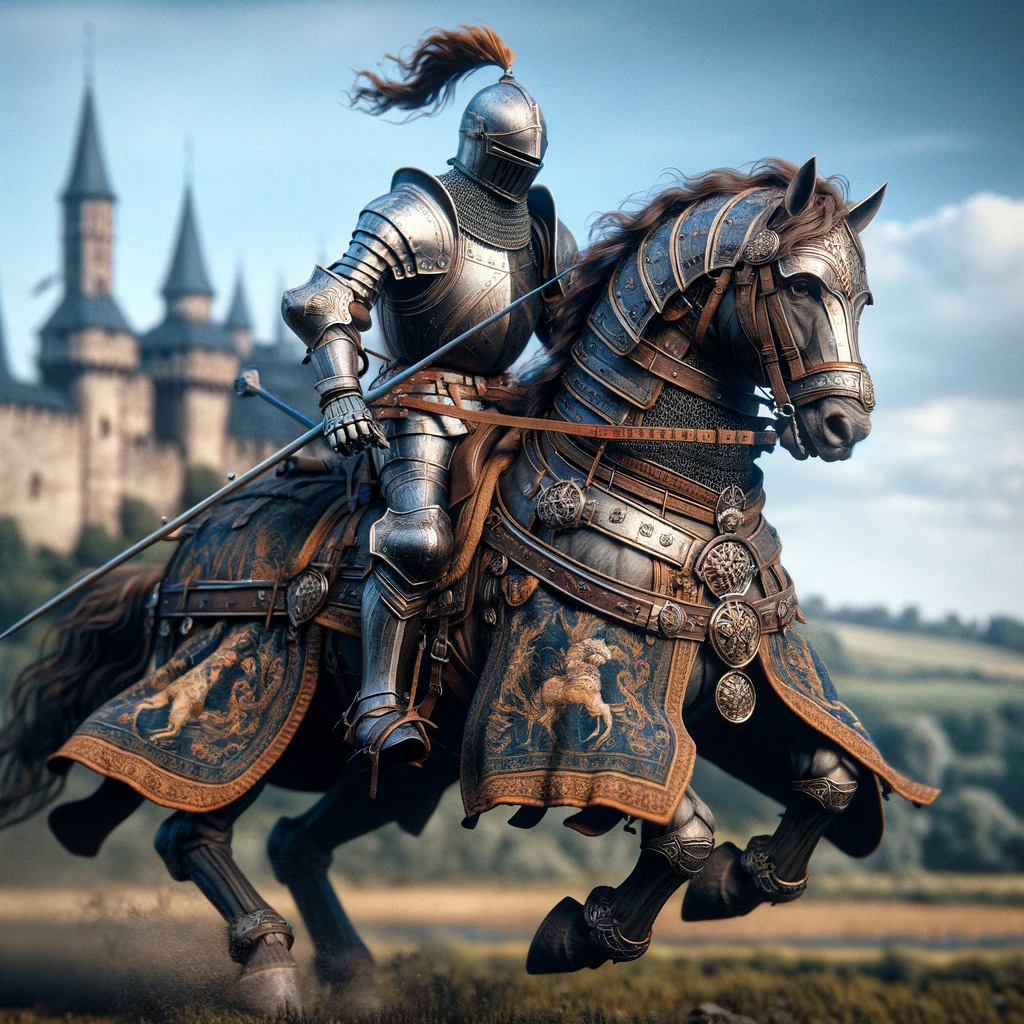
Medieval Times: Horses in Warfare and Agriculture
The medieval era marked a significant period in the history of horses, where they played crucial roles in both warfare and agriculture, shaping societies and economies across Europe and beyond.
Destriers, Coursers, and Palfreys: Horses of the Knight
During the medieval period, horses were primarily classified based on their use in warfare. The destrier, the most famous among them, was the preferred mount of knights in battle. Known for its strength, courage, and agility, the destrier was a symbol of wealth and power. Despite popular belief, these horses were not massive draft types but were strong, well-bred horses capable of carrying a heavily armored knight.
The courser was another significant type, valued for its speed and endurance. Lighter than the destrier, coursers were used for pursuits and battles where agility and swiftness were paramount. They were also highly prized for tournaments and jousting.
Palfreys were the preferred choice for long-distance travel, prized for their smooth gaits, especially the ambling pace, which provided a comfortable ride over long journeys. These horses were often used by ladies and high-ranking officials who did not participate in battle.
The Development of Draft Breeds: From Farm to Battlefield
The medieval period also witnessed the development of draft breeds, driven by the need for powerful horses in agriculture and war. The increasing demand for heavy armor in warfare necessitated stronger horses to carry the weight, leading to the selective breeding of larger and more powerful horses.
These draft breeds, including the ancestors of the modern-day Shire, Clydesdale, and Percheron, were initially bred for farm work, hauling plows and carts. Their strength and endurance made them invaluable in both peaceful agriculture and the logistics of war, transporting supplies and heavy artillery.
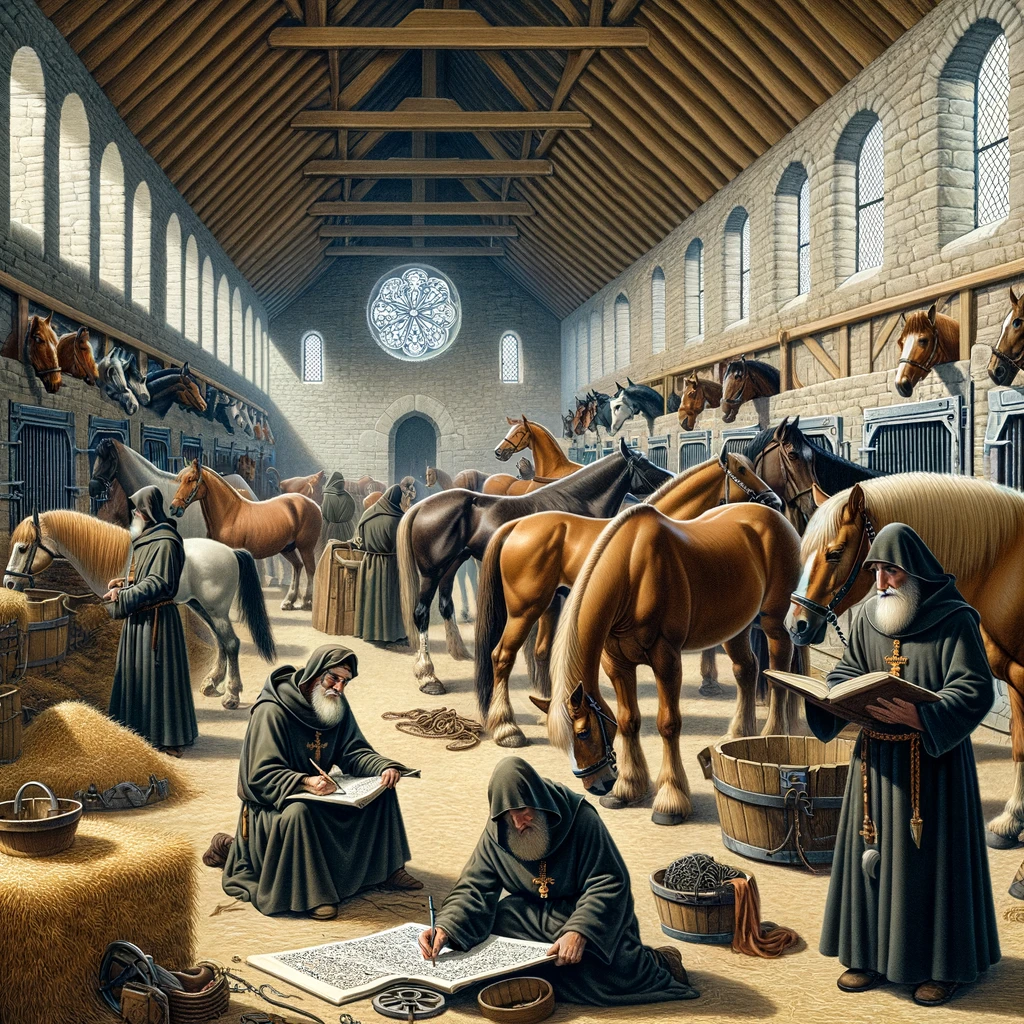
The Role of Monasteries in Breeding and Preservation
Monasteries played a surprisingly significant role in the breeding and preservation of horse breeds during the medieval period. Monks, with their vast tracts of land and interest in agriculture and animal husbandry, became key figures in the development of various horse breeds.
Monasteries acted as centers of knowledge and breeding expertise, often maintaining detailed records of lineages and breeding practices. They were instrumental in refining breeds for specific purposes, such as improving the strength and endurance of draft breeds or the grace and agility of riding horses. The controlled breeding programs in monasteries contributed to the genetic foundation of many modern horse breeds.
The medieval period was a time of great importance in the history of horse development. Horses like destriers, coursers, and palfreys, along with the emerging draft breeds, played pivotal roles in shaping human history. The involvement of monasteries in breeding and preservation efforts further underscores the deep connection and reliance humans have had with these magnificent animals throughout history.
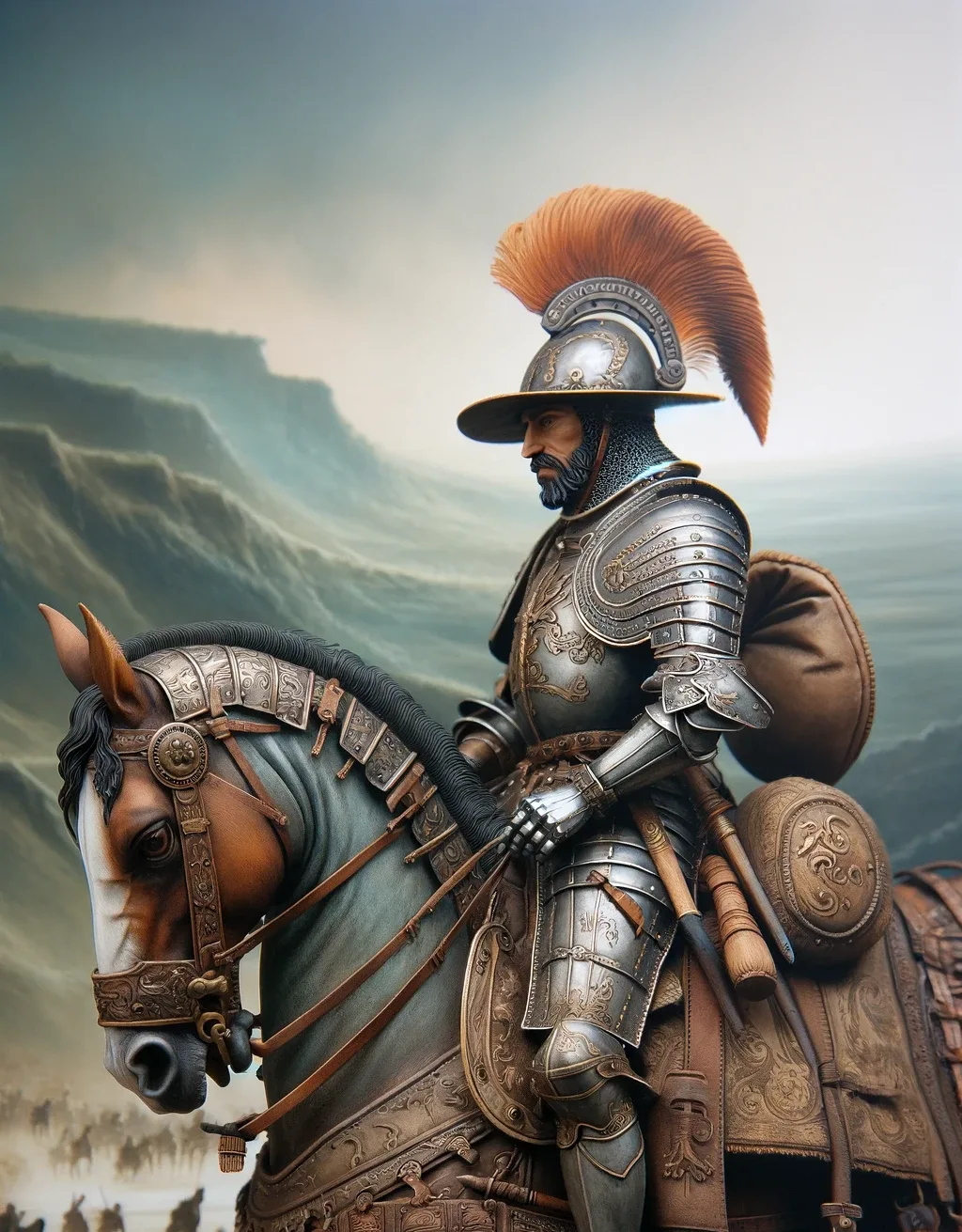
The Age of Exploration: Horses Across the World
The Age of Exploration, spanning from the 15th to the 17th centuries, marked a pivotal time in the history of horses. This era saw the global spread of horse breeds due to explorations, colonization, and trade, profoundly impacting the equine population worldwide.
Spanish Influence: From Andalusians to Colonial Breeds
The Spanish, with their skilled horsemanship and superior breeds, played a crucial role in the spread of horses across the New World. The foundation of this influence was the Andalusian horse, known for its elegance, athleticism, and versatility. Originating from the Iberian Peninsula, Andalusians were a product of centuries of selective breeding, influenced by a mix of native Spanish horses and breeds brought by the Moors.
As the Spanish conquistadors explored and colonized the Americas, they brought Andalusians and other Iberian horses with them. These horses, known for their endurance and ability to thrive in diverse environments, became the ancestors of many American breeds. Notable among these are the Colonial Spanish Horse, which includes breeds like the Paso Fino, the Peruvian Paso, and the Criollo, each adapted to their specific regions and climates in the New World.
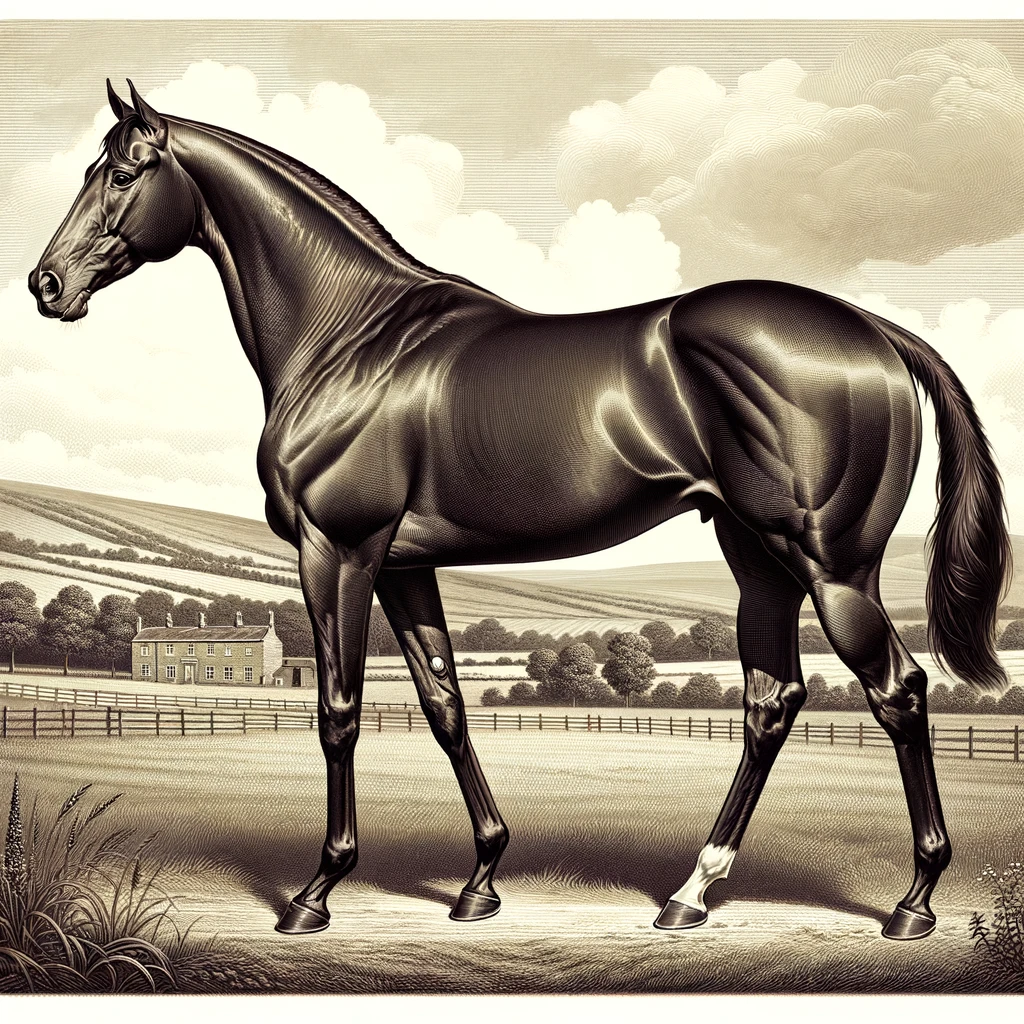
The English Thoroughbred: A Racing Legacy
Parallel to the Spanish influence, the English Thoroughbred emerged as a breed synonymous with speed and racing prowess. The Thoroughbred’s development in the 17th and 18th centuries was a result of crossbreeding native mares with imported stallions, particularly from the Middle East. The foundation sires of the Thoroughbred are three imported stallions: the Byerley Turk, the Darley Arabian, and the Godolphin Arabian.
These Arabian, Turkoman, and Barb horses contributed their speed, endurance, and refined bone structure to the emerging Thoroughbred breed. The Thoroughbred quickly became the premier racing horse and significantly influenced other breeds, contributing to the development of breeds like the Standardbred, the American Quarter Horse, and various Warmbloods.
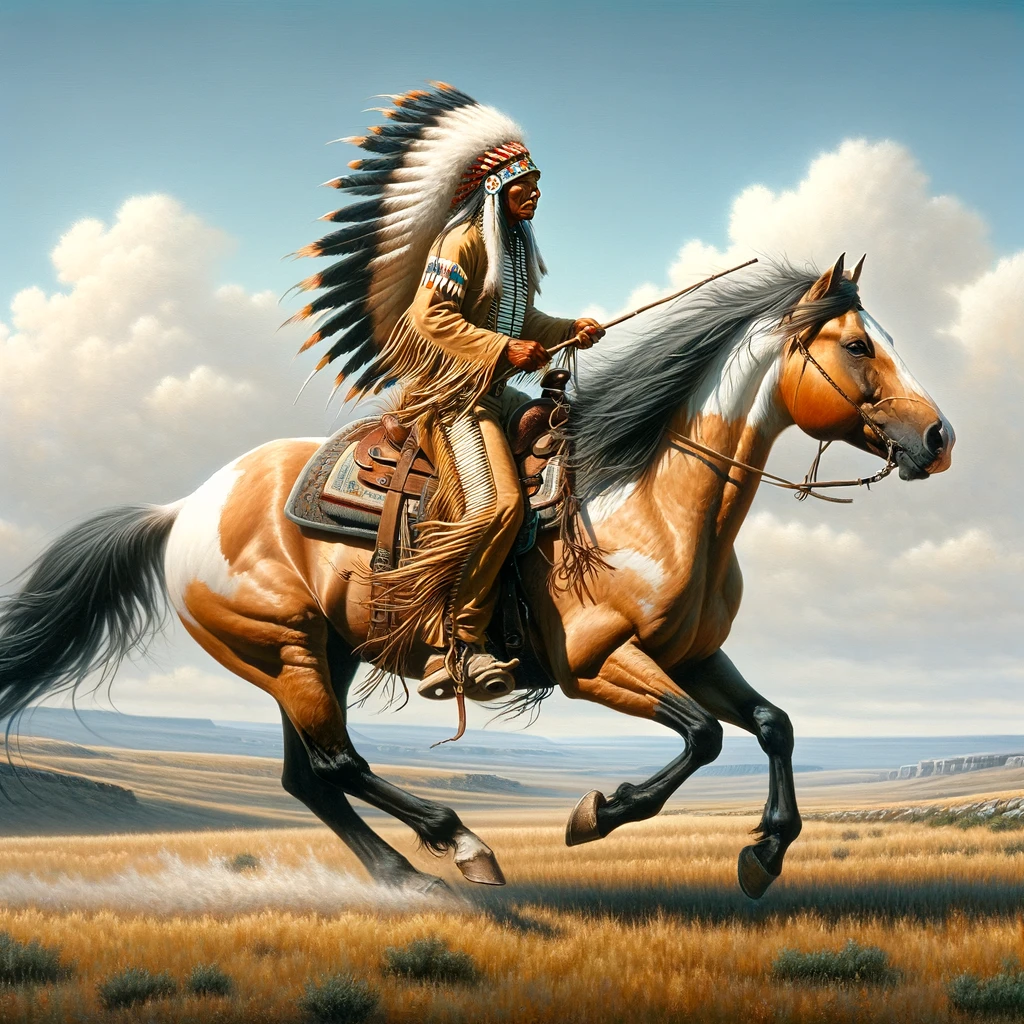
Native American Breeds: Mustangs and Appaloosas
The introduction of horses by the Spanish had a transformative effect on Native American cultures. The Mustang, descended from Spanish horses gone feral, became an icon of the American West. These hardy, resilient horses were crucial to the nomadic lifestyle of many Native American tribes, aiding in hunting, travel, and warfare.
The Appaloosa, developed by the Nez Perce tribe, is another breed that emerged during this period. Known for its distinctive spotted coat pattern, the Appaloosa was bred for its stamina, speed, and versatility. The Nez Perce carefully managed their breeding program, resulting in a horse that was highly regarded for its utility and beauty.
The Age of Exploration was a transformative period in horse history, spreading breeds across the world and leading to the development of new breeds adapted to various terrains and cultures. The Spanish influence led to the proliferation of Colonial breeds, while the English Thoroughbred set a new standard in racing. In North America, the Mustang and Appaloosa became symbols of resilience and adaptability, reflecting the dynamic history of horses during this era.
The Industrial Revolution: Changing Roles, Evolving Breeds
The Industrial Revolution, a period of rapid industrialization from the 18th to the 19th centuries, dramatically altered the roles and breeding of horses. This era saw a shift in how horses were used, transitioning from warfare and agriculture to industry and transportation.
The Decline of Heavy Warhorses and Rise of Lighter Breeds
With the decline of cavalry warfare and the rise of mechanized vehicles, the need for heavy warhorses diminished. This shift led to a change in breeding priorities, with an increasing focus on lighter, more versatile horse breeds. These breeds were needed not only for rapid transport but also for a variety of industrial and agricultural tasks.
Breeding efforts shifted towards developing horses with speed, endurance, and a more manageable size. This change gave rise to lighter riding horses and versatile breeds that could be used both in harness and under saddle. Breeds such as the Thoroughbred gained prominence in this period, valued for their agility and speed.
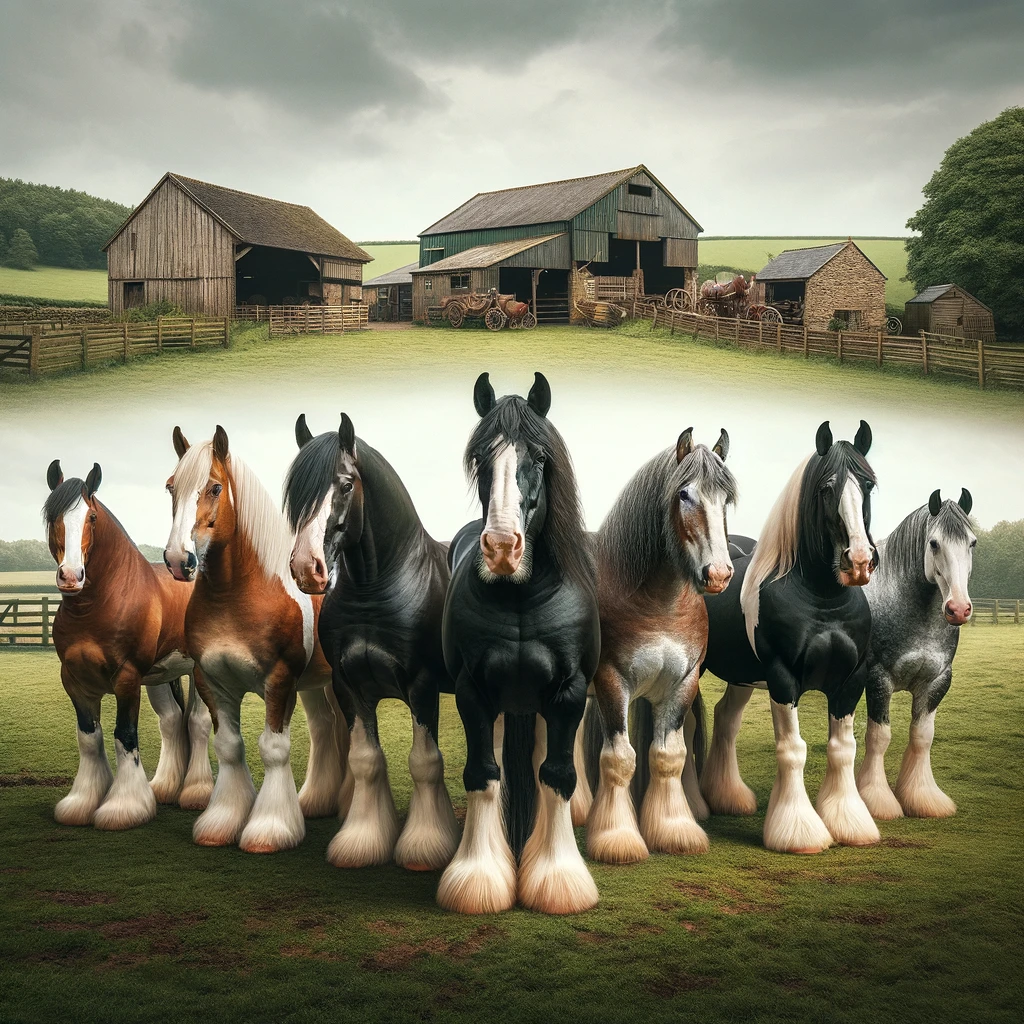
Shire, Clydesdale, and Percheron: The Giants of Industry
Despite the shift towards lighter breeds, the Industrial Revolution also saw the peak of draft horse breeds like the Shire, Clydesdale, and Percheron. These “gentle giants” were indispensable in industries requiring heavy hauling and agricultural work.
The Shire, known for its great size and strength, originated from England and was used extensively for pulling heavy loads in both urban and rural settings. The Clydesdale, hailing from Scotland, was similarly employed for heavy draft work, known for its unique feathering and substantial build. The Percheron, with its origins in France, was prized for its power and endurance, becoming a popular choice for heavy draft work in both Europe and America.
These breeds were bred for power and durability, capable of performing strenuous tasks that were yet to be mechanized. Their contribution to the agricultural and industrial sectors was invaluable during this period.
The Pony Breeds: Adaptability and Versatility
The Industrial Revolution also saw a rise in the popularity of pony breeds. Ponies, with their smaller stature, hardiness, and versatility, were ideal for a variety of tasks, especially in regions where larger horses were not practical.
Breeds like the Welsh Pony, Shetland Pony, and Exmoor Pony became popular for their ability to navigate rough terrain and perform a multitude of tasks, from pulling carts in mines to working in small-scale agricultural operations. Their endurance, intelligence, and generally docile nature made them well-suited for work with families and children, contributing to their enduring popularity.
The Industrial Revolution was a period of significant change in the equine world. The decline of heavy warhorses and the rise of lighter breeds reflected the changing needs of society, while draft horses like the Shire, Clydesdale, and Percheron became the powerhouses of industry. Pony breeds, with their adaptability and versatility, carved out their own niche, demonstrating the enduring versatility and resilience of the equine species.
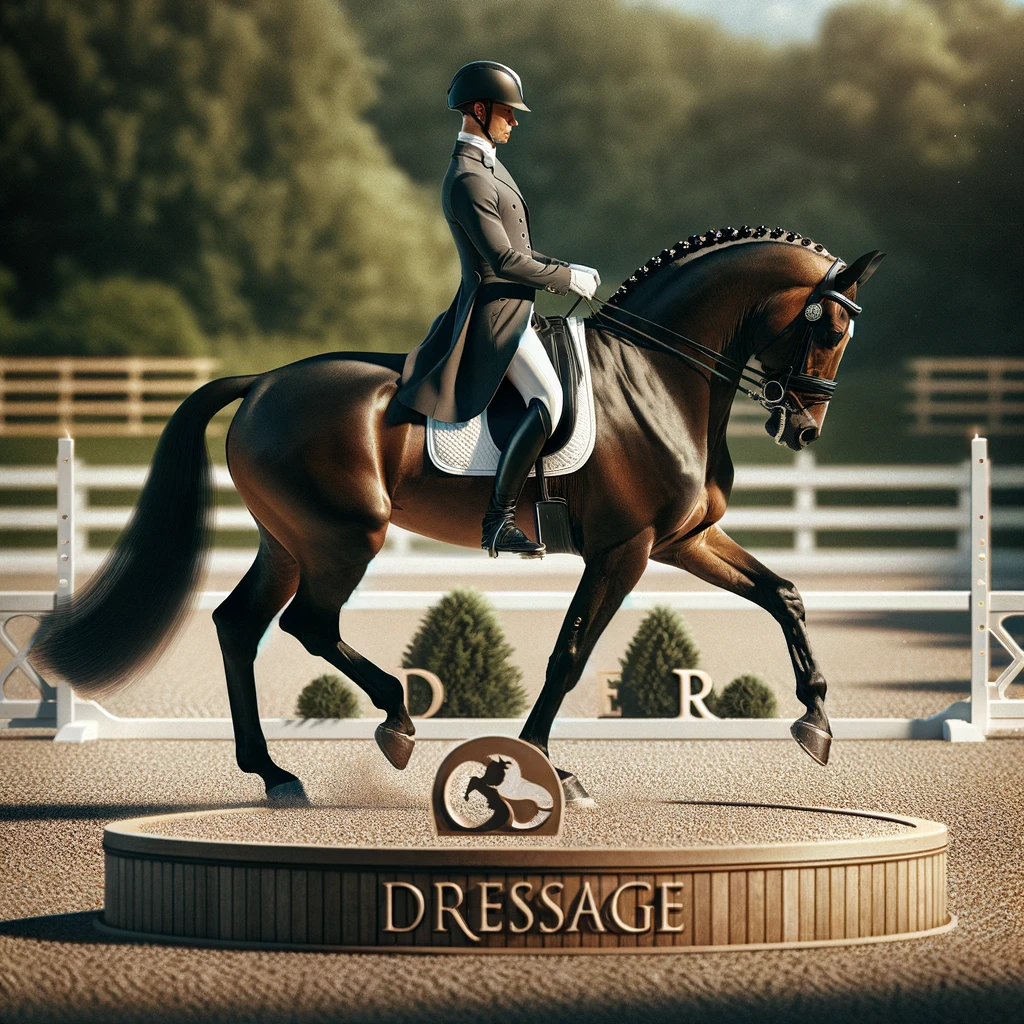
Modern Developments: Breeding for Sport and Leisure
The modern era has seen a significant shift in horse breeding, with a focus on specialized breeds for sport and leisure activities. This period is marked by the refinement of breeds for specific equestrian disciplines, showcasing the versatility and adaptability of horses to meet changing human interests and needs.
Warmbloods: The Elite of the Equestrian Sports
Warmbloods represent the pinnacle of sport horse breeding. These breeds, including the Dutch Warmblood, the German Hanoverian, and the Swedish Warmblood, among others, are renowned for their athleticism, grace, and versatility in equestrian sports. Bred through careful selection for specific traits like movement, temperament, and conformation, Warmbloods excel in dressage, show jumping, and eventing.
Warmbloods are known for their balanced temperament, combining the spiritedness of hot-blooded breeds like Thoroughbreds with the calm, steady nature of cold-blooded draft breeds. Their breeding programs, particularly in Europe, are highly regulated to ensure the highest quality and performance standards. The success of Warmbloods in the international equestrian arena has solidified their status as elite athletes in the horse world.
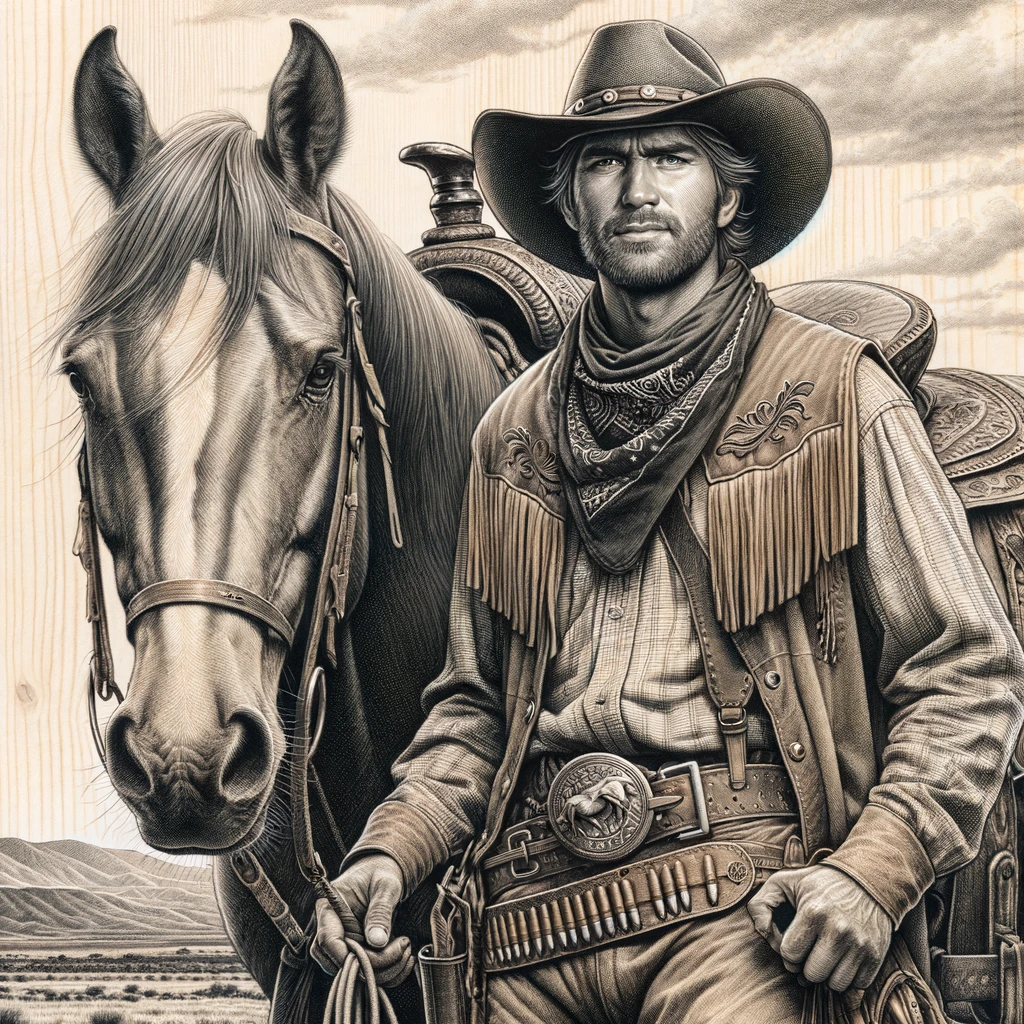
Quarter Horse and Paint Horse: Icons of the American West
In the United States, breeds like the American Quarter Horse and the Paint Horse have become synonymous with the spirit of the American West. The American Quarter Horse, known for its short-distance sprinting ability, versatility, and docile nature, has become one of the most popular horse breeds in the world. It excels in a variety of disciplines, from rodeo events to Western pleasure, and is also a favored choice for recreational riding.
The Paint Horse, distinguished by its colorful coat pattern, shares a common ancestry with the Quarter Horse. It is prized not only for its unique appearance but also for its versatility, intelligence, and amiable temperament. Both breeds embody the heritage and evolving culture of the American West, reflecting the unique blend of functionality and aesthetics in modern horse breeding.
Endurance and Gaited Breeds: Comfort and Stamina
Endurance and gaited breeds have also gained prominence in modern times, valued for their stamina, smooth gaits, and suitability for long-distance riding. Breeds like the Arabian and the Morgan are celebrated for their endurance capabilities, often dominating long-distance endurance riding competitions.
Gaited breeds, such as the Tennessee Walker, the Missouri Fox Trotter, and the Paso Fino, are known for their unique gaits that offer a smooth, comfortable ride. These gaits, including the running walk, fox trot, and paso llano, provide an effortless riding experience, making these breeds popular for leisure riding, particularly for riders who prefer a gentler ride.
In the modern era, the breeding of horses for sport and leisure has led to the development of specialized breeds, each with unique attributes suited to various equestrian disciplines. Warmbloods have become synonymous with equestrian sports excellence, while breeds like the Quarter Horse and Paint Horse represent the enduring legacy of the American West. Endurance and gaited breeds, with their remarkable stamina and smooth gaits, continue to be favored for both competitive and recreational riding. This era highlights the continuing evolution of horses in response to human needs and desires, showcasing their incredible versatility and adaptability.
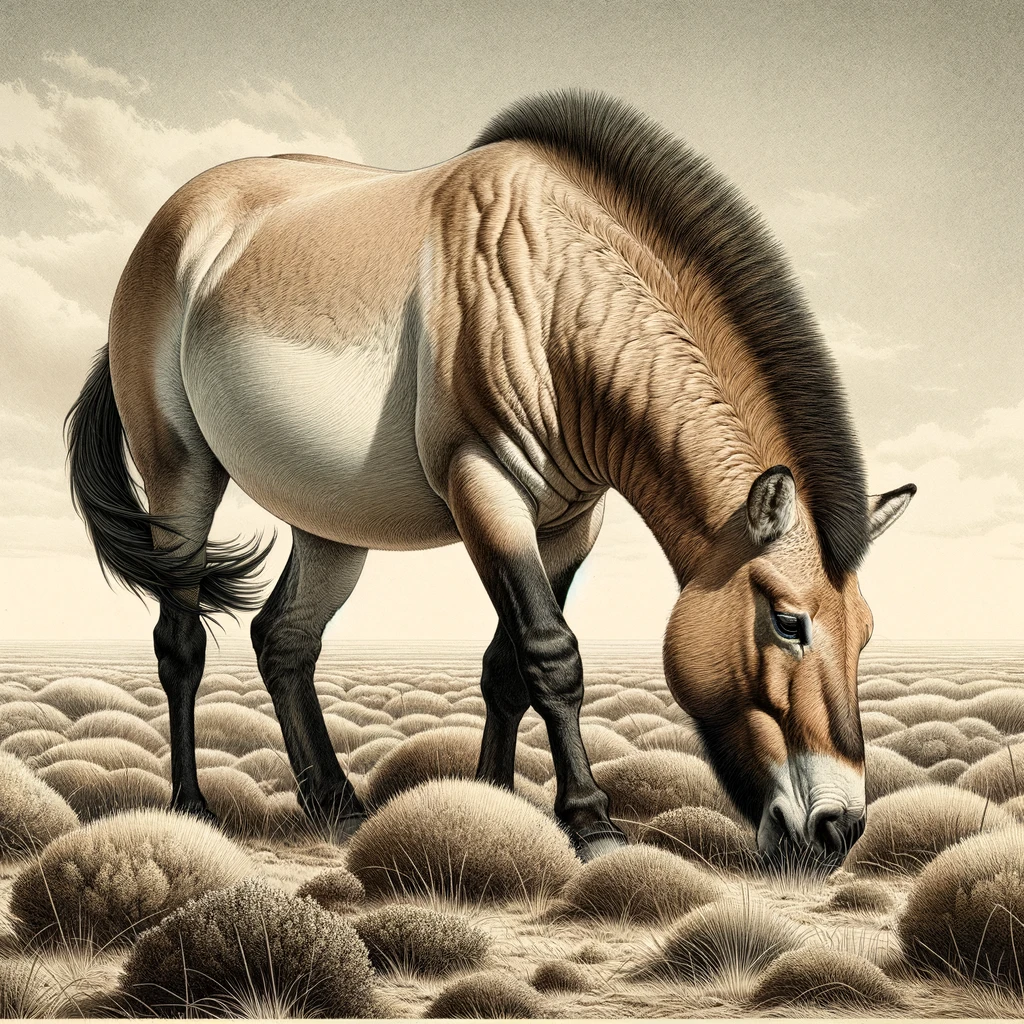
Preservation and Future Trends
The contemporary landscape of horse breeding is not only about developing new breeds and enhancing existing ones but also about preserving the diversity and heritage of rare breeds and adapting to future challenges and ethical considerations.
Rare and Endangered Breeds: Efforts in Conservation
Conservation of rare and endangered horse breeds has become increasingly important in recent years. Many breeds with unique histories and characteristics are facing the threat of extinction due to various factors such as modernization, loss of habitat, and changing agricultural practices.
Organizations and breed registries worldwide are involved in efforts to preserve these breeds. These efforts include maintaining studbooks, promoting responsible breeding programs, and raising public awareness about the value and uniqueness of these breeds. For example, breeds like the Przewalski’s horse, which was once extinct in the wild, have been successfully reintroduced into their natural habitats through carefully managed breeding and conservation programs.
The Impact of Genetic Science on Breeding
Advancements in genetic science have revolutionized horse breeding in many ways. Genetic testing allows breeders to identify and manage genetic diseases, ensuring healthier and more resilient horse populations. It also enables breeders to understand the genetic makeup of their horses better, making informed decisions about mating pairs to optimize desired traits without compromising genetic diversity.
The mapping of the equine genome has opened new avenues for research in equine health, behavior, and physiology. This knowledge not only aids in breeding healthier horses but also enhances our understanding of equine genetics and its application in veterinary medicine and breeding strategies.
Future Trends: Sustainability and Ethics in Breeding
As we look to the future, sustainability and ethics in breeding are becoming central themes. The horse breeding industry is increasingly recognizing the importance of sustainable practices that ensure the welfare of the horses and the preservation of the environment.
Ethical considerations in breeding involve ensuring the physical and psychological well-being of horses. This includes breeding for soundness and functionality rather than purely for aesthetic traits, avoiding overbreeding, and ensuring that horses are bred and raised in environments that cater to their natural behaviors and needs.
Moreover, there is a growing trend towards the preservation of heritage breeds and the maintenance of genetic diversity, recognizing that each breed offers unique traits and historical significance. This approach not only conserves rare breeds but also ensures a diverse gene pool, crucial for the overall health and resilience of the equine species.

Conclusion: The Ever-Evolving Equine Tapestry
As we reach the end of our exploration into the rich and diverse history of horse breeds, we stand at a unique juncture where we can both reflect on the past and anticipate the future of these magnificent creatures.
Reflecting on the Past, Looking to the Future
The journey from the ancient Eohippus to the modern horse is a testament to the incredible adaptability and resilience of equines. Each era, from the domestication of the first horses to the selective breeding of the Industrial Revolution and beyond, has shaped the equine species in profound ways. The evolution of horse breeds is not merely a series of genetic adaptations but a reflection of human history, culture, and advancement.
As we look to the future, it’s clear that the story of the horse is far from complete. The challenges of the modern world, including environmental concerns, ethical breeding practices, and the preservation of genetic diversity, will shape the next chapters in horse breeding and management. The continued advancement in genetic research, coupled with a growing awareness of sustainable and ethical practices, promises a future where the health and welfare of horses are at the forefront.
The Unbreakable Bond: Horses and Humans Through Time
The history of horse breeds is inextricably linked to the history of humanity. Horses have plowed our fields, carried us into battle, and graced our sports arenas. They have been our companions in work, in sport, and in leisure. This unbreakable bond between horses and humans has been a constant through the ages, a relationship built on mutual respect, dependence, and affection.
As horse enthusiasts and caretakers, it’s our responsibility to honor this bond by ensuring that the future of horses is safeguarded. This means not only preserving the various breeds that have been developed over centuries but also ensuring that each horse is treated with the care and respect it deserves.
In conclusion, the tapestry of horse breeds is a vivid illustration of our shared history with these noble animals. It’s a story of evolution, adaptation, and an enduring partnership that has stood the test of time. As we continue to write this story, let’s do so with a commitment to understanding, preserving, and celebrating the diverse and magnificent equine species. The future of horses, and our relationship with them, depends on the choices we make today, choices that should be guided by love, respect, and a deep appreciation for the remarkable journey we have shared with these extraordinary animals.
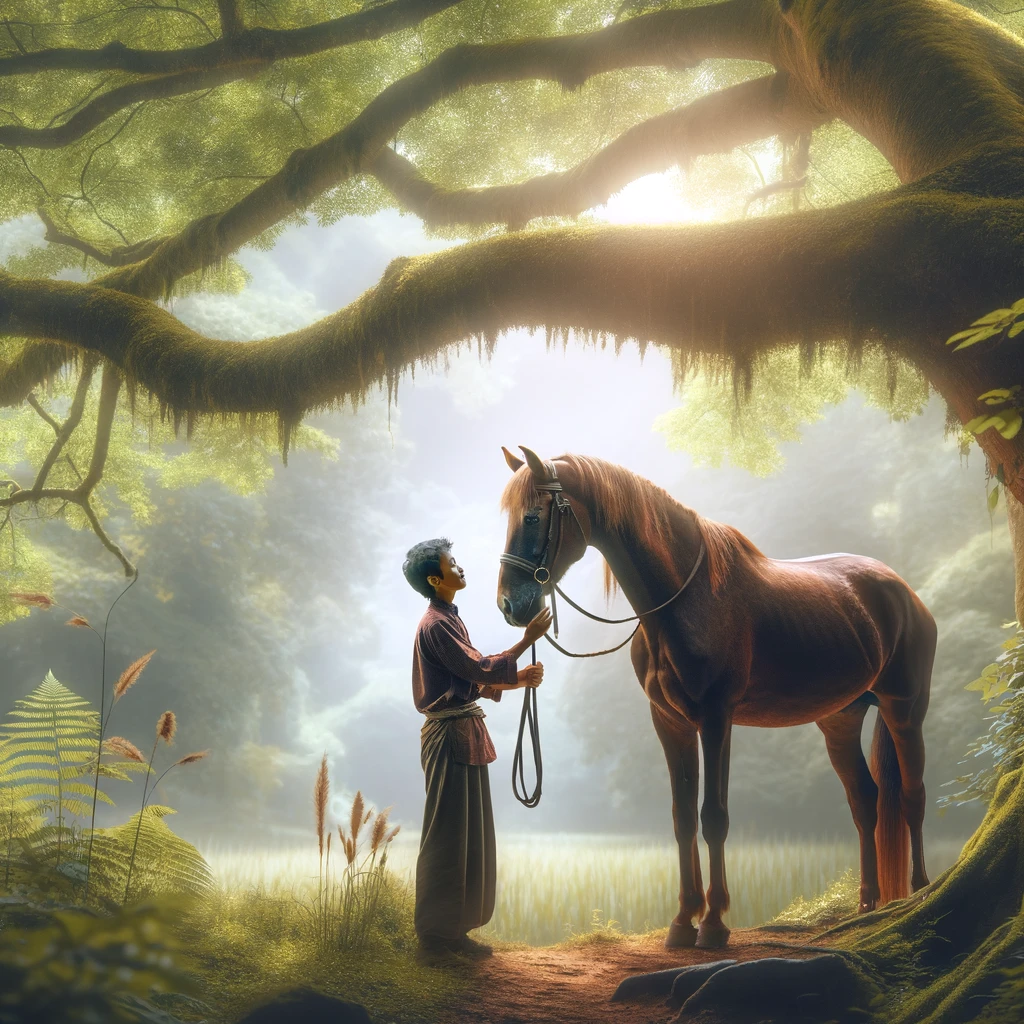
further reading
Here are some recommended books that provide further reading on the history of horse breeds, offering a deeper understanding of their development, characteristics, and roles throughout history:
- “The Horse Encyclopedia” – This book explores the evolution and anatomy of the horse, its place in history, art, and culture, and includes gorgeous photography of horse breeds worldwide. It’s a comprehensive resource for understanding the origins, history, and characteristics of various breeds.
- “Complete Book of Horses, Horse Breeds & Horse Care: An Encyclopedia of Horses” – With over 600 photographs, this encyclopedia offers a definitive reference on horse breeds and stable management, along with guidance and advice on horse care.
- “Storey’s Illustrated Guide to 96 Horse Breeds of North America” – Judith Dutson provides in-depth profiles of 96 horse breeds in North America, including their history, special uses, conformation standards, and more.
- “The Complete Book of Horses: Breeds, Care, Riding, Saddlery: A Comprehensive Encyclopedia” – This book is a comprehensive resource on horse breeds and practical riding techniques, featuring over 1500 photographs.
- “International Encyclopedia of Horse Breeds” – This book offers a thorough guide to horse breeds around the world, detailing their history, characteristics, and uses.
- “Harness Horses, Bucking Broncos & Pit Ponies: A History of Horse Breeds” – This book provides a historical perspective on various horse breeds, their roles in human society, and their evolution over time.
These books offer a wealth of information for anyone interested in the rich history and diverse characteristics of horse breeds. They are perfect for expanding your knowledge and appreciation of these magnificent animals.
- Britannica’s Horse Page – This comprehensive resource from Britannica provides detailed information on the evolution, breeds, and facts about horses. It’s a great starting point for understanding the general features and history of different horse breeds. You can visit it at Britannica – Horse.
- Wikipedia’s List of Horse Breeds – Wikipedia offers an extensive list of horse breeds, each with a brief description and some history. This can be a useful resource for getting an overview of the vast number of horse breeds and their unique characteristics. You can find it at Wikipedia – List of Horse Breeds.
- American Museum of Natural History’s Explore 18 Breeds of Horses – This interactive page allows you to explore different horse breeds, learn about their colors, body types, the roles they play, and their origins. It’s an engaging way to learn more about specific breeds. Visit the page at AMNH – Explore 18 Breeds of Horses.
These websites provide a comprehensive and engaging way to delve deeper into the fascinating world of horse breeds, their history, and their roles in human society. Whether you’re looking to learn more about a specific breed or the evolution of horses in general, these resources are valuable tools for expanding your knowledge.
